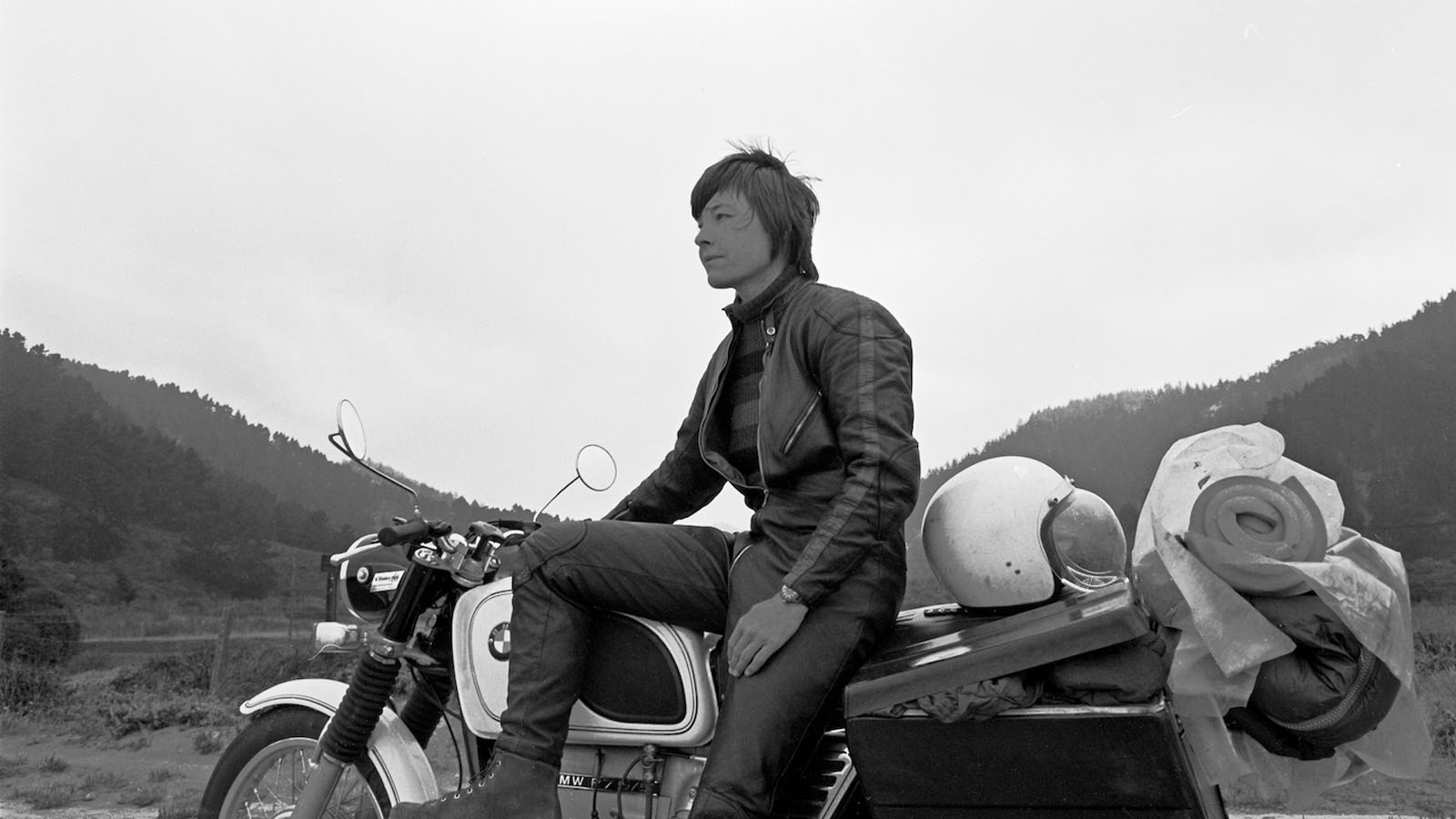Barbara Hammer’s Legacy

Barbara Hammer was ready to go. Last fall, the artist and pioneering lesbian filmmaker, who had been battling ovarian cancer since 2006, performed The Art of Dying or (Palliative Art Making in the Age of Anxiety) at the Whitney Museum in New York. Inspired by Rilke’s Letters to a Young Poet, the piece is a survey of half a century of art-making, a summation of good-humored life lessons, a call for western culture to come to terms with the concept of “a dignified death,” and the culmination of a coordinated effort to get her legacy sorted. That project reached a fever pitch in 2017 when Yale University’s Beinecke Rare Book and Manuscript Library acquired her archives, the Leslie-Lohman Museum of Gay and Lesbian Art staged an expansive retrospective, and the New York Film Festival devoted a program to new restorations of her groundbreaking work. Last month, Hammer gave one final “exit interview” to the New Yorker’s Masha Gessen, and this past weekend, she died at the age of seventy-nine.
When Hammer was being honored at Temple University last May with one of several awards she received in 2018, the program was introduced by artist Sarah Drury, who recalled seeing a handful of Hammer’s films for the first time back in the 1970s. “I was imprinted by the playful and yet profoundly serious performance of a vision—utopian, experimental, exuberant, unapologetic,” said Drury. “She pioneered some of the first images of lesbians seeing ourselves, our sexuality and relationships, our mythologies; an alternative ‘gaze’ in parallel to a mainstream world in which we were invisible.”
Like another great feminist artist, Carolee Schneemann, who passed away earlier this month, Hammer was painting before she ever picked up a camera and she carried on making visual and performance art throughout her life. Born in Hollywood, Hammer, as Maximilíano Durón and Alex Greenberger point out at ARTnews, looked up to her maternal grandmother, “a self-taught painter and one-time cook for American actress Lillian Gish,” as an artistic “role model.” One of her art professors suggested that she seemed to be more interested in movement than in the painted canvas. He gave her some clear film leader to paint on and, as she says in the Museum of Modern Art’s 2010 video interview, she “fell in love with projected light.” It was also around this time, the early 1970s, that she discovered the work of Maya Deren, feminism, and her own sexuality. She left her husband, “an exciting man,” as she told Daniella Shreir at Another Gaze in 2016, and “took off on a motorcycle with a Super-8 camera.”
Hammer made nearly eighty films in all, and an early landmark was Dyketactics (1974), “the first, as far as we know, lesbian lovemaking film,” as she put it to Shreir. With over a hundred shots in just over four minutes, Dyketactics depicts a group of women coming together as a community in a forest. Other major works include Nitrate Kisses (1992) and History Lessons (2000), both of them collage-like documentaries on LGBTQ history. “Throughout her fifty years of filmmaking, she has attempted to endow images with a sense of tactility,” wrote Rachel Churner in the January 2018 issue of Artforum. “Her frequent superimpositions, overexposure, changes in focus, and alternation between analog and digital formats are techniques to frustrate a strictly visual mode and a self-conscious acknowledgment that images are always mediated.”



